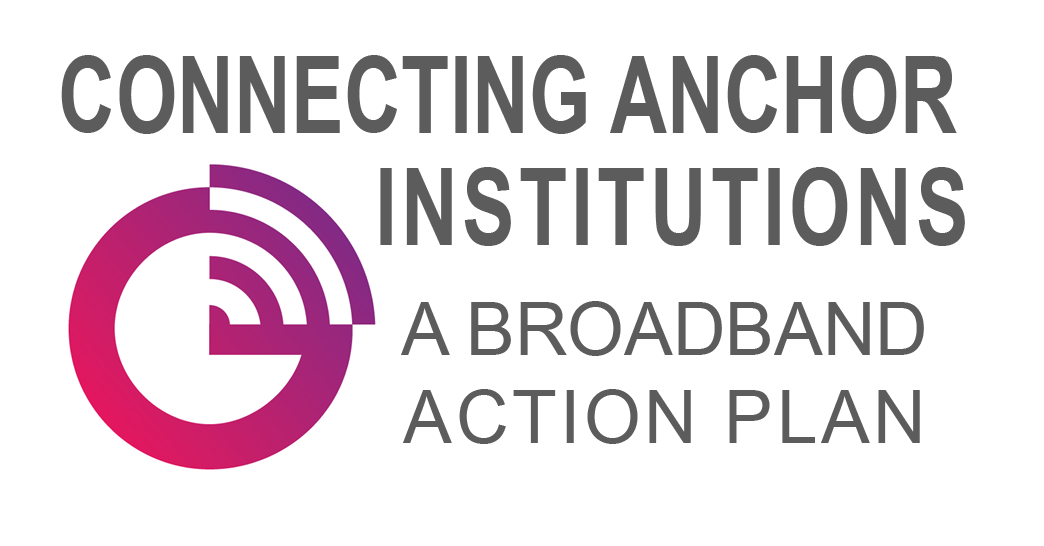Foreword
We just passed the 20th Anniversary of the Telecommunications Act of 1996. In a moment of bipartisanship rare in Washington DC these days, observers on both sides of the aisle praised the Act for reiterating and re-invigorating the national commitment to “universal service,” the idea that all in our country must be connected to core communications services. Not only did the Act earn praise for ensuring high-cost areas and low-income individuals are connected, the Act took an additional, innovative step – mandating that schools, libraries, and rural health care facilities similarly have the support they need to connect to modern communications networks.
Such principles and mandates are essential; unfortunately they are not enough to ensure that the vision becomes, and stays, real. Changes in markets and technologies present both opportunities and challenges to our universal service goals. As we realized in writing the National Broadband Plan in 2010, for example, the Act’s mandate to connect classrooms and libraries would fall short without support for Wi-Fi, a service not generally available in the earliest implementation of the Act. Just as the country needed Congress to adjust communications policy for the 21st Century, schools, libraries and health care facilities need someone to make sure our communications policies continually “course correct” and ensure that the network facilities are upgraded to meet the needs of today and the future.
Fortunately, for the past seven years, the Schools, Health & Libraries Broadband (SHLB) Coalition has stepped in to play the vitally important role of advising policymakers how to connect anchor institutions, high-speed broadband, economic development and universal service. SHLB has led the efforts to modernize our approach to broadband policy and made sure the voices of these critical public facilities are heard, often rising above the din of loud voices that too often characterize DC debates. As schools, libraries, and health care providers become—as is true for nearly all services—more and more dependent on the commons of collaboration we call broadband, SHLB’s voice becomes even more important to the future effectiveness of the institutions and the communities they serve.
The SHLB Coalition’s Action Plan is just the latest example of its ongoing influence. This work builds upon and puts “meat on the bones” of Goal #4 in the National Broadband Plan, to bring gigabit connectivity to anchor institutions across the country. Indeed, SHLB is trying to do for community anchor institutions what Gig.U has done for university communities. SHLB has accomplished great things. But its legacy, with your support, will be to bring the limitless opportunities of modern communications to all anchor institutions and the entire country.
Blair Levin
Former Executive Director of the U.S. National Broadband Plan
Senior Non-Residential Fellow, Brookings Institution Metropolitan Policy Program
(For identification purposes only)
Policy Papers
Latest Updates From Twitter
Action Plan Authors
Amelia Bryne
Kelleigh Cole
Joanne Hovis
Tom Koutsky
Blair Levin
Christine Mullins
Angela Siefer
Gina Spade
John Windhausen
Steering Committee
Larra Clark, American Library Association
Adrianne Furniss, Benton Foundation
Kevin Taglang, Benton Foundation
Bob Collie, ENA
Lil Kellogg, ENA
Rex Miller, ENA
Susannah Spellman, Internet2/USUCAN









 Download Full Action Plan
Download Full Action Plan